Want to climb snowy slopes without slipping backward? Ski skins make it possible. These detachable strips stick to the bottom of your skis, letting you glide forward but grip firmly to prevent sliding back. Made from materials like nylon, mohair, or a mix of both, they’re perfect for backcountry adventures or reaching untouched powder. Here’s the deal:
- Nylon: Strong grip and durability, ideal for icy or steep terrain.
- Mohair: Lightweight with smooth glide, best for long tours.
- Blends: A mix of both for balanced performance.
They attach using glue, glueless systems, or hybrids, and can be trimmed to fit your skis perfectly. Pair them with Snowfeet* short skis (65 cm or 99 cm) for even easier uphill travel. These compact skis are lightweight, portable, and work with regular winter boots, making them a great option for beginners and seasoned skiers alike. Plus, they’re budget-friendly compared to full ski touring setups.
So, whether you’re chasing fresh powder or just want a solid winter workout, ski skins and Snowfeet* are a winning combo.
How Ski Skins Work: Materials and Design
What Ski Skins Are Made Of
Modern ski skins are crafted from nylon, mohair, or blends of the two. Each material has its own strengths, making it suitable for different conditions and preferences.
- Nylon: Known for its strong grip and toughness, nylon skins are great for steep slopes and icy terrain. They’re also budget-friendly, making them a smart choice for beginners. However, they don’t glide as smoothly and can sometimes stick on flatter terrain.
- Mohair: Made from Angora goat hair, mohair skins are all about glide and lightness. They’re perfect for long tours where efficiency matters. On the flip side, they don’t grip as well, so they’re better for moderate conditions rather than extreme slopes.
- Mohair/Nylon Blends: These typically combine 70% mohair with 30% nylon, offering a balance of grip, glide, and durability. They’re versatile enough to handle a wide range of backcountry conditions.
Here’s a quick comparison to help you decide:
| Material | Grip | Glide | Durability | Weight | Cost | Best Conditions |
|---|---|---|---|---|---|---|
| Nylon | Excellent | Fair | Excellent | Heavier | Low | Steep/icy terrain, all conditions |
| Mohair | Fair | Excellent | Fair | Lighter | High | Cold, dry snow; long tours |
| Mohair/Nylon Mix | Good | Good | Good | Moderate | Medium | Versatile, wide range of conditions |
For those using Snowfeet* products, the shorter, lighter design pairs well with any of these materials. Mohair skins, in particular, can be a game-changer here, as their lightness complements Snowfeet*’s compact size without compromising control. This setup offers an edge over bulkier traditional skis.
Next, let’s see how ski skins attach to your skis.
How Ski Skins Attach: Glue vs. Glueless Systems
Ski skins stick to your skis using either glue-based adhesives or glueless systems, and each has its pros and cons.
- Glue-Based Skins: These use a sticky adhesive to bond directly to the ski base. They’re reliable in wet or cold conditions, but they do require regular maintenance to keep the glue in good shape.
- Glueless Skins: These rely on cleanable adhesives or suction-based systems. They’re less messy and make transitions easier since you don’t have to worry about the skins sticking together. However, they might not perform as well in wet snow or extreme cold.
- Hybrid Systems: Combining the best of both worlds, hybrid systems balance ease of use with dependable adhesion.
For Snowfeet* products, glueless or hybrid systems are a great match. Their compact design enhances adhesion, making skin transitions quicker and easier compared to traditional long skis.
Sizing and Fitting Ski Skins
Once you’ve chosen the right material and attachment system, getting the sizing right is key to top performance - especially with Snowfeet* skis.
When sizing ski skins, focus on width and length:
- Width: Measure the ski’s widest point and subtract 0.2–0.3 inches (5–7 mm) to leave the metal edges exposed. This ensures you get traction on firm snow. If weight is your top priority, you can size the skins to match the ski’s waist width, leaving the edges exposed.
- Length: Most skins come in adjustable ranges, like 71–75 inches (180–190 cm). For example, if your skis are 73 inches (185 cm) long, you’d pick a range that fits and fine-tune the length using the tail attachment.
Snowfeet* skis make this process even easier. Their consistent dimensions mean one set of skins can often work across multiple models, saving you money and effort. Plus, their lightweight design means you won’t need to worry about extra bulk when trimming skins.
Proper trimming is the final step. Make sure your skins are cut to fit snugly while leaving enough edge exposed for solid grip on icy or firm snow. This attention to detail can make all the difference in your backcountry adventures.
Using Ski Skins with Snowfeet* Short Skis

Snowfeet* Products That Work with Ski Skins
Snowfeet* Skiblades, available in 65 cm and 99 cm lengths, are designed to work seamlessly with ski skins. These short skis strike a balance between performance and portability, offering enough surface area for secure skin attachment without sacrificing their lightweight, compact design.
The 99 cm Skiblades are particularly well-suited for ski skins. Their length provides the tension and grip needed for effective uphill travel, while the lightweight build ensures you won’t feel weighed down. The 65 cm Skiblades also work well with skins, making them a good choice for shorter ascents or moderate terrain.
If backcountry touring is your goal, the Snowfeet* WALKSKI Backcountry Touring Skis are your best bet. These skis are built with backcountry adventures in mind, featuring dimensions that match standard ski skin sizes. Their consistent width makes attaching and reattaching skins a breeze, even after repeated use.
One of the standout features of Snowfeet* products is their universal binding system. Whether you opt for the Basic, Standard, or Pro X bindings, these skis work with a variety of boot sizes. You can even use your regular winter or snowboard boots - no need to invest in pricey touring-specific footwear. This versatility makes Snowfeet* a practical option for skiers of all levels.
Snowfeet* vs. Traditional Skis and Snowboards
Now, how do Snowfeet* short skis stack up against traditional skis and snowboards? For starters, they’re much easier to carry around. Traditional skis can be bulky and awkward, but Snowfeet* Skiblades are compact enough to fit into a standard backpack or the trunk of your car.
They’re also far lighter than conventional alpine skis with bindings. This reduced weight makes long uphill climbs less tiring, giving you more energy to enjoy the ride down. Plus, their smaller size and enhanced maneuverability make them ideal for navigating tight trails. On narrow switchbacks or dense forest paths, where longer skis can feel clumsy, Snowfeet* short skis shine - even with skins attached.
Another bonus? Snowfeet* short skis are easier to learn on. Traditional ski touring often involves mastering tricky techniques like kick-turns on steep terrain - something that can be intimidating for beginners. In contrast, the agility and user-friendly design of Snowfeet* make it easier to build confidence, whether you’re exploring backcountry trails or sticking to the resort.
How to Attach Ski Skins to Snowfeet* Products
Attaching ski skins to Snowfeet* products is straightforward and follows the same basic steps as with traditional skis, but the compact design makes the process even simpler. Start by choosing skins that match the length of your Skiblades for the best performance.
Make sure the width of the skin covers the base of your skis, leaving just a small margin along the edges. This ensures a good grip while allowing the skis to glide smoothly. To attach, secure the tip clip to the front of your Skiblades, ensuring it’s snug and free from snow or debris. Then, align the skin along the ski and adjust the tail tension for a smooth, secure fit.
If the skins extend beyond the edges of your skis, trim the excess material for a clean look and optimal performance. Removing the skins is just as important - thanks to the shorter ski length, transitions are quick, but taking your time with steady motions will help preserve the adhesive for future use. This simple process is yet another reason why Snowfeet* short skis are a great choice for backcountry touring.
Benefits of Using Ski Skins with Snowfeet*
Main Benefits of Ski Skins
Ski skins make uphill travel way easier by giving you solid grip and a smooth glide. They stop you from sliding backward, so you can climb steadily and confidently. This opens up access to untouched powder and makes steep ascents safer.
Bob Tusso, a Northern Arizona Elite board member, sums it up perfectly:
"It's a nice combo of Type I fun and Type II fun. Flying down the mountain on skis is the best Type I fun and going uphill is that Type II, which is hard while you're doing it but feels like a good fitness benefit. It's pure cardio exercise with no impact."
Ski skins also shine when it comes to traction. On steep, icy terrain, they keep you stable and in control rather than slipping around or risking a fall. Even if you’re sticking to resort trails, uphill skiing with skins gives you a low-impact workout that’s ideal for building stamina - especially if you’re just starting out.
Now, pair these benefits with Snowfeet*, and you’ve got an even better setup for uphill adventures.
Why Snowfeet* Works Better for Uphill Travel
Snowfeet* takes uphill travel to the next level when combined with ski skins. Their compact design - available in 65 cm and 99 cm lengths - makes attaching and removing skins quick and easy. This saves you time when switching between climbing and skiing.
Another big perk? Snowfeet* short skis are much easier to handle than traditional touring skis. You don’t need to master tricky techniques like kick-turns on steep climbs, and their small size makes navigating tight trails a breeze.
Portability is another game-changer. Unlike traditional skis or snowboards, Snowfeet* short skis fit right into a standard backpack. This means you can hike narrow trails or reach remote spots without lugging around bulky gear. Once you hit the snow, you’re ready to go - just attach the skins and start climbing.
And here’s the kicker: Snowfeet* uses a universal binding system. That means you don’t need to splurge on specialized touring boots. You can use any winter footwear you already own, making this setup much more accessible for anyone curious about uphill skiing.
Comparison: Snowfeet* vs. Traditional Options
Here’s a quick look at how Snowfeet* stacks up against traditional gear:
| Feature | Snowfeet* Short Skis | Traditional Alpine Skis | Snowboards/Splitboards |
|---|---|---|---|
| Weight | Lightweight, less fatigue | Heavier, more tiring | Moderate weight |
| Portability | Fits in a backpack | Bulky, needs roof rack | Bulky and awkward |
| Skin Attachment | Fast and simple | Slower process | Complex conversion |
| Learning Curve | Easy for beginners | Steeper learning curve | Requires specific skills |
| Maneuverability | Great in tight spots | Less agile on narrow trails | Limited uphill use |
| Boot Compatibility | Works with any winter boots | Needs specialized boots | Uses snowboard boots |
| Transition Speed | Quick setup and removal | Slower transitions | Very slow conversion |
| Cost | Under $500 | $1,200+ for full setup | Typically $600+ |
At under $500, Snowfeet* offers a budget-friendly alternative to traditional touring setups, which can easily cost over $1,200 when you factor in specialized boots, bindings, and skis. Plus, you’re not sacrificing performance or versatility - you can use your everyday winter boots and still enjoy the benefits of uphill travel.
If you’re looking to explore beyond crowded resorts, Snowfeet* with ski skins delivers the perfect mix of performance, portability, and affordability. It’s a simpler, more affordable way to experience the thrill of uphill skiing without the hassle of traditional gear.
Choosing and Caring for Ski Skins
How to Choose the Right Ski Skins
Picking the perfect ski skins for your Snowfeet* comes down to matching the material, size, and how you plan to use them:
- Mohair skins: Lightweight and easy to pack, these are perfect for long tours where energy conservation is key. They glide smoothly but aren’t as durable and don’t grip as well on steep, icy slopes.
- Nylon skins: These are tough and provide excellent grip, making them a great choice for challenging terrain. They’re also budget-friendly but tend to be heavier and bulkier.
- Mohair-nylon mix skins: A middle ground option, offering a balance of grip and glide with moderate weight and packability.
Make sure the skin width matches your Snowfeet* dimensions. Since Snowfeet* products are compact (65 cm and 99 cm lengths), leaving the metal edges exposed is essential for good grip on icy or hard-packed snow.
Think about your usual skiing style: go with lightweight mohair skins for long tours, or durable nylon skins for steeper, tougher trails. These tips, combined with proper fitting, ensure your setup is ready for action.
How to Clean and Store Ski Skins
Once your skins are fitted, keeping them in good shape is crucial. Regular care not only improves performance but also extends their lifespan. Here’s what to keep in mind:
- Dry thoroughly after each use: Moisture is the enemy. Air-dry your skins in a cool, dry spot with good airflow - no direct heat, as it can damage the adhesive. Snowfeet*’s compact size makes this process easier compared to traditional setups.
-
Proper storage: Stick the skins directly to each other, skipping any plastic sheets. As Robert Schlemer, a ski touring equipment expert, advises:
"DYNAFIT skins should always be separated and stuck directly to each other without the plastic sheets".
- Cleaning tips: Use a damp cloth to remove dirt and avoid harsh cleaning agents that could ruin the adhesive. If the stickiness fades, a quick touch-up with low-heat ironing can help.
- Long-term storage: Keep them in a cool, dry place, away from heat and UV exposure. Snowfeet*’s compact design makes storage a breeze - no bulky gear to wrestle with.
Fixing Common Ski Skin Problems
Even with the best care, issues can crop up. Here’s how to handle some common problems:
-
Snow clumping: Apply skin wax or waterproofing treatment before heading out. If snow builds up during your tour, scrape it off with a ski scraper. Schlemer emphasizes:
"Moisture is the biggest enemy of ski skins...Preferably just carry skins one extra time than be annoyed the entire tour with the buildup of snow clumps".
- Adhesive issues: Clean your ski base before applying skins, and keep the skins warm by storing them inside your jacket during descents. For a quick fix, secure them with ski straps or tape - Snowfeet*’s smaller size makes this much easier to manage.
- Dirt on adhesive: Dirt can reduce grip. Remove debris carefully with tweezers or a knife to restore performance.
- Severely damaged adhesive: If the adhesive is beyond saving, you’ll need to remove the old glue and reapply new adhesive. Snowfeet* skis’ shorter length makes this process faster and simpler than with traditional touring skis.
One of the big perks of Snowfeet* skis is how easy they are to troubleshoot. Whether it’s a quick fix or routine maintenance, these compact skis make on-the-go adjustments a lot less stressful than with traditional touring setups. With regular care and a little know-how, you’ll keep your Snowfeet* system running smoothly for every adventure.
sbb-itb-17ade95
How To Use Climbing Skins When Ski Touring in the Backcountry
Get More from Winter with Ski Skins and Snowfeet*
Ski skins open up a whole new world beyond the groomed slopes. When you pair them with Snowfeet* products, you get a combo that’s more versatile and convenient than traditional ski setups.
Snowfeet* come in lengths of just 65 cm and 99 cm, making them compact enough to fit in a backpack. This portability means you can easily take them on winter adventures, whether you're heading to hiking trails, cross-country routes, sledding hills, or even just exploring your backyard. With one piece of gear, you can tackle multiple winter activities, cutting down on the need for separate equipment.
Another big plus? They’re beginner-friendly. Snowfeet* are shorter than regular skis, which makes them easier to balance on and control. Pair them with ski skins for uphill travel, and you’ll find the learning curve isn’t as steep as with long skis. Plus, shorter skis mean less intimidating falls and quicker confidence-building.
Built to last, Snowfeet* are made from fiberglass-reinforced material with metal edges, ensuring durability. Designed and manufactured in Europe, they handle everything from groomed snow to powder up to 4 inches deep. This solid construction means you’re getting gear that performs well in a variety of conditions.
When you combine Snowfeet* with ski skins, you unlock even more possibilities. Their lightweight design makes it easier to explore terrains that might be tough with traditional touring setups. Whether you’re skinning up a hill for fresh tracks or heading out for a backcountry adventure, this pairing gives you the freedom to enjoy winter sports your way.
Snowfeet* models start at $150 for Mini Ski Skates and go up to $490 for the 99 cm versions. Compared to traditional ski gear, they’re a budget-friendly option. Add a pair of quality ski skins, and you’ve got an uphill and downhill system that fits in your backpack and works just about anywhere there’s snow. It’s a simple way to make the most of winter.
FAQs
What type of ski skin material should I choose for my skiing style and conditions?
Choosing the right ski skin material can make all the difference, depending on the snow conditions and your skiing style. Mohair skins are a great pick if you're looking for something lightweight with excellent glide. They're perfect for dry, hard-packed snow and those long, fast ascents. On the flip side, nylon skins are tougher and provide better grip, making them a solid choice for wet, heavy snow or steeper climbs. If you’re after a middle ground, mohair-nylon blends offer a nice mix of grip and glide, making them a versatile option.
For those using Snowfeet gear like Skiblades or WALKSKI Backcountry Touring Skis, lightweight skins with a good balance of grip and glide are the way to go. Snowfeet products are all about mobility and ease of use, giving winter sports fans a high-performance option without the bulk of traditional skis or snowboards.
How do Snowfeet short skis with ski skins compare to traditional ski touring setups for uphill travel?
Snowfeet short skis with ski skins are a lightweight, portable, and beginner-friendly option for anyone wanting to enjoy snowy adventures without the bulk of traditional ski touring gear. At just about 47 inches (120 cm) in length, these compact skis are much easier to handle and maneuver. This makes uphill travel feel less daunting, especially for beginners or those who just want a casual winter outing. Compare that to traditional touring skis, which are often over 63 inches (160 cm) long and heavier - definitely more effort to manage.
What really sets Snowfeet apart is their simplicity and flexibility. Forget about lugging around bulky bindings or dealing with complicated gear. Snowfeet are designed for quick transitions and shorter trips, making them a go-to for anyone craving a low-maintenance way to explore snowy trails. While traditional setups are ideal for advanced backcountry skiing, they can feel overwhelming for those who just want something easy and fun. If you’re after a no-fuss, enjoyable way to tackle winter terrain, Snowfeet short skis with ski skins are a fantastic choice for adventurers of all skill levels.
How can I maintain and store my ski skins to keep them in top condition?
How to Care for Your Ski Skins
Taking good care of your ski skins can make a big difference in how long they last and how well they perform. After each use, it’s important to clean and store them properly. Start by gently brushing off any dirt or snow with a soft brush. If the adhesive side picks up debris, you can clean it carefully using a cleaning kit or the right tools. Just make sure they’re completely dry before putting them away.
When it’s time to store them, fold the skins with the adhesive sides touching each other, or use a protective skin saver to keep them in good shape. Always store them in a cool, dry, and dark spot - like a gear bag or a dedicated pouch. For long-term storage, some skiers even swear by keeping them in the freezer to maintain the adhesive's stickiness.
By giving your ski skins a little TLC, you’ll keep them working well and lasting longer. This is especially true for Snowfeet* products, which are built to handle all kinds of winter adventures with ease.














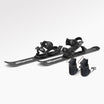







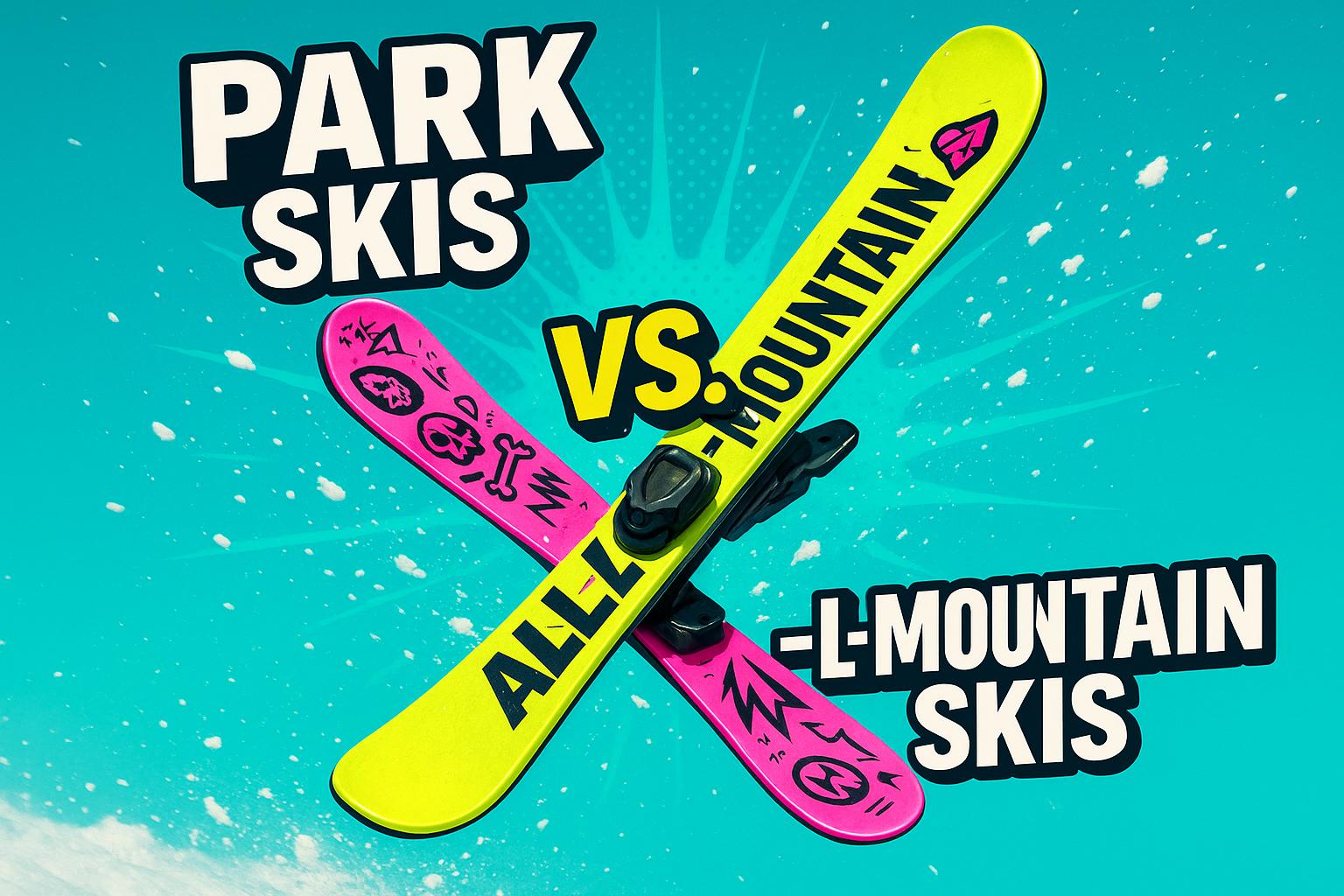
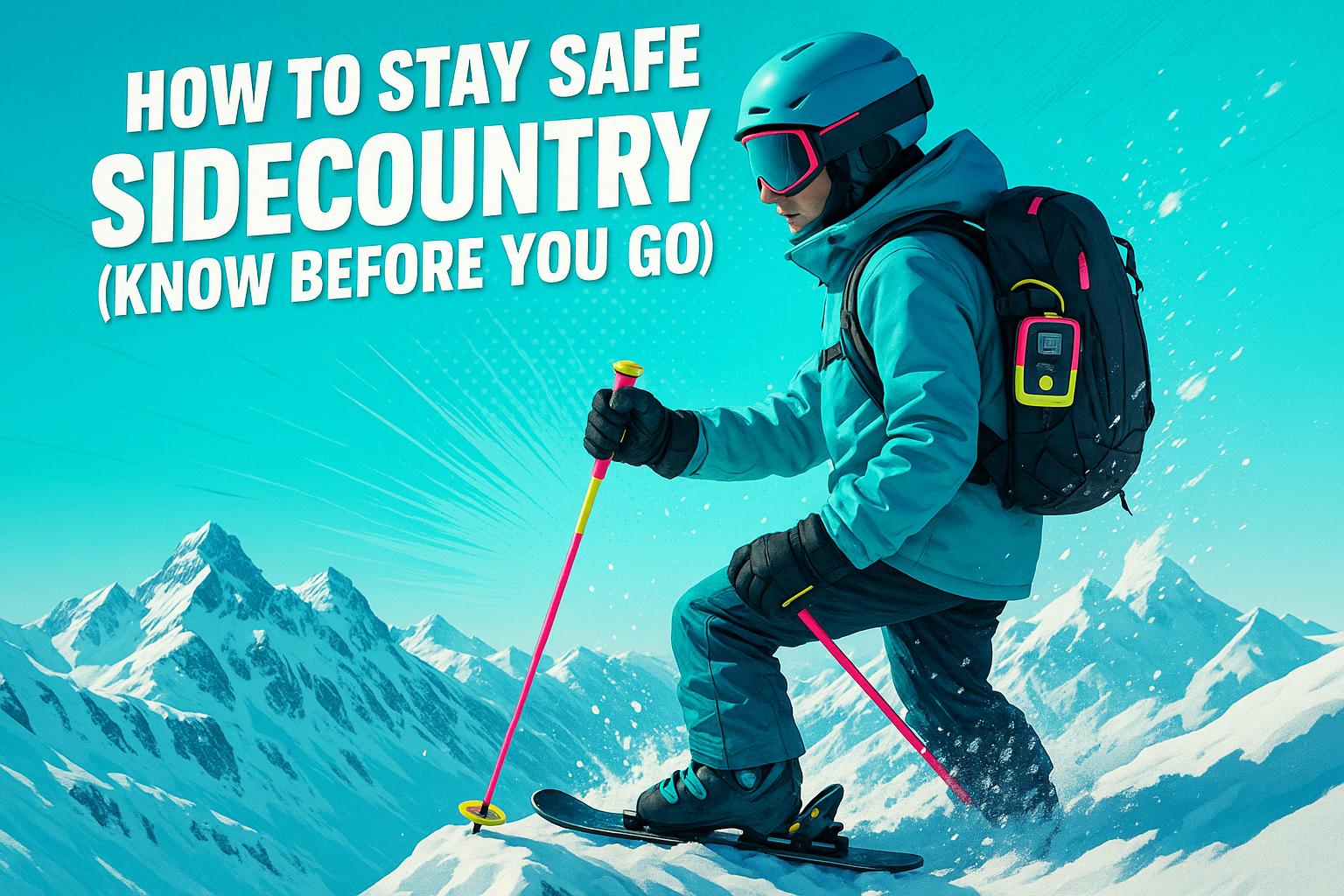







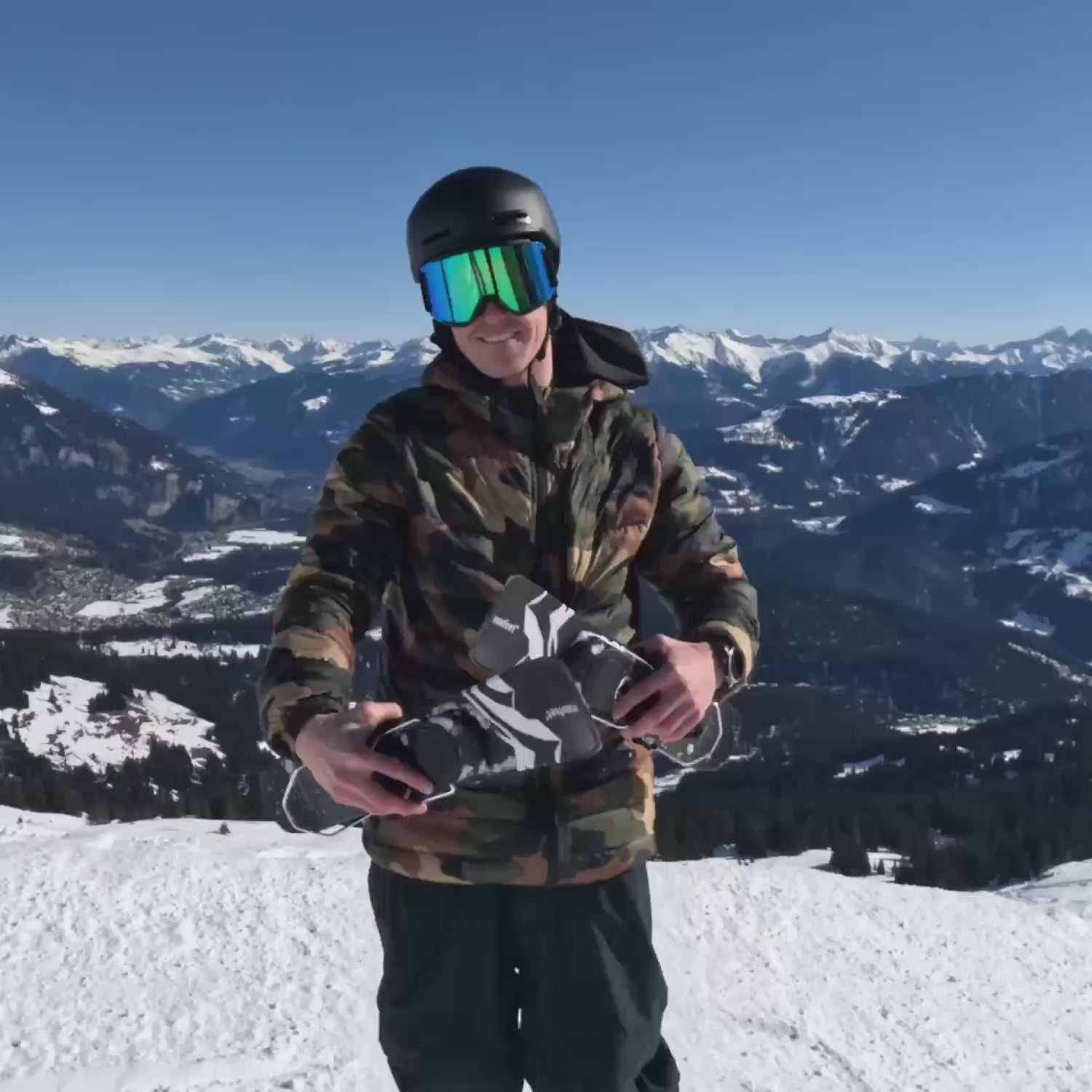

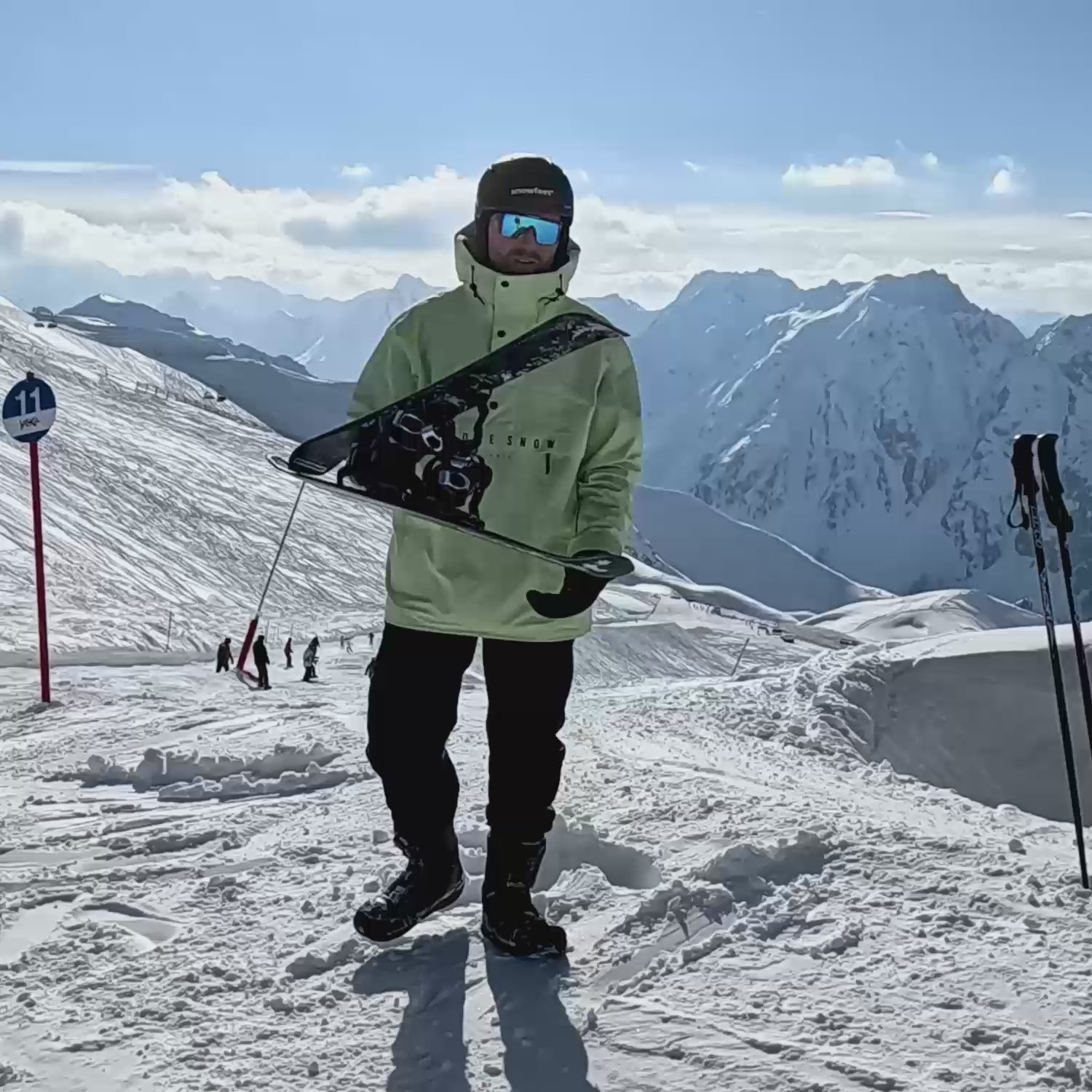
Leave a comment
This site is protected by hCaptcha and the hCaptcha Privacy Policy and Terms of Service apply.